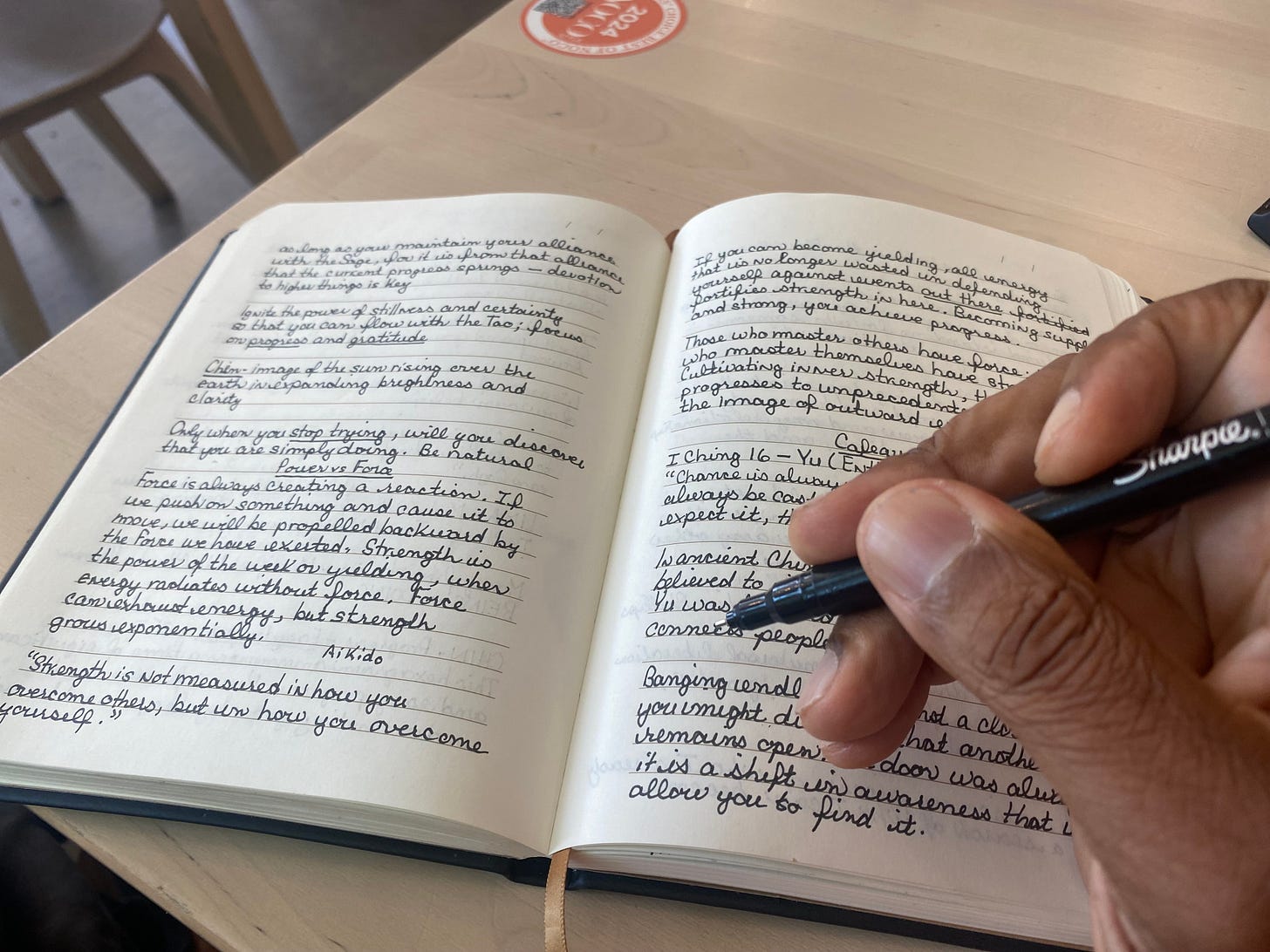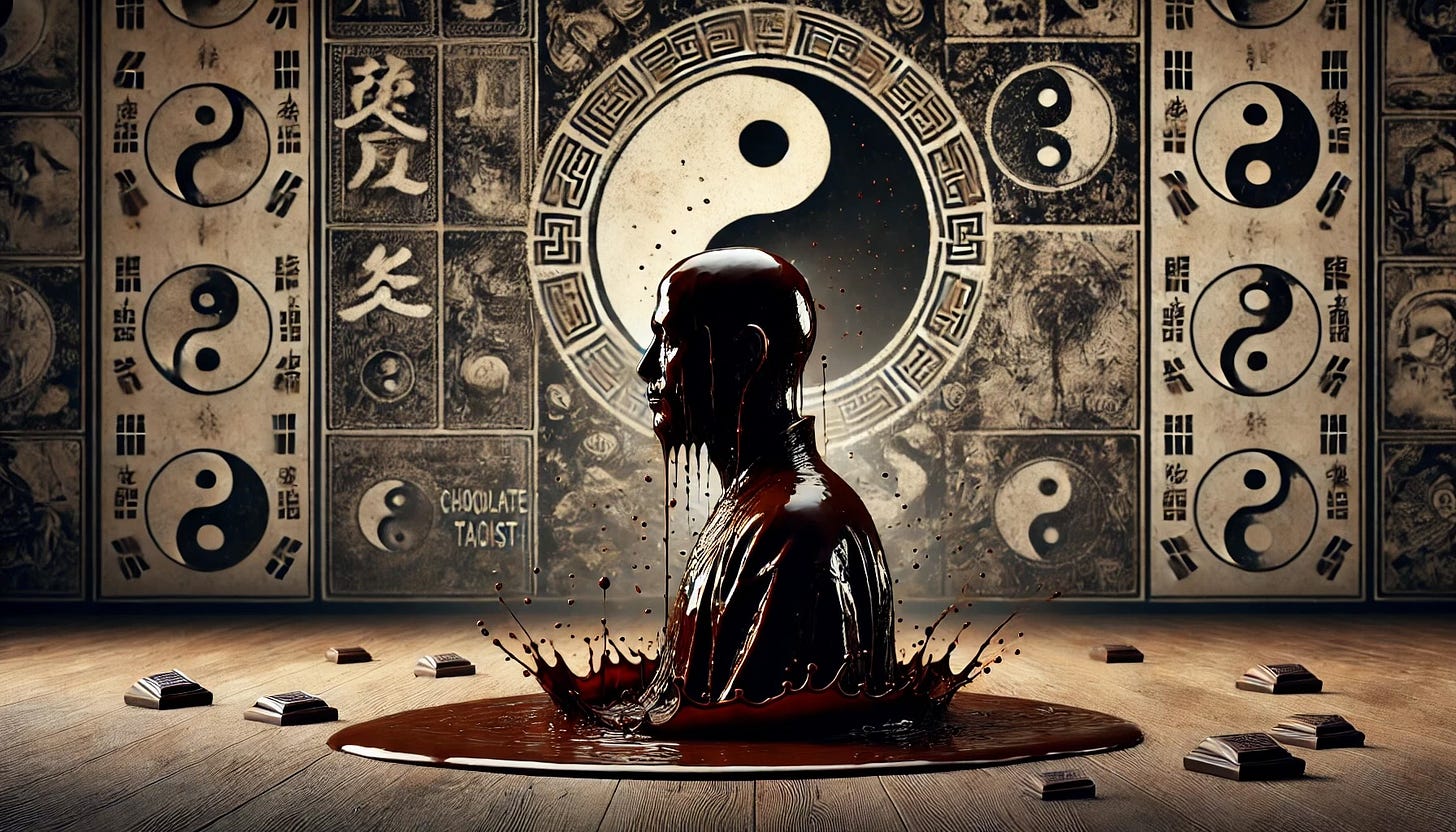In the serene, sunlit corner of a favorite coffeehouse, I often find myself lost in the flowing curves and elegant loops of my cursive script, a ritualistic dance of ink on paper that has accompanied me since childhood.
Recently, as I was scrolling my thoughts, two curious souls glanced over my shoulder, their eyes widening in admiration. "Your penmanship is captivating," one of them remarked, while the other nodded in agreement, seeming fascinated with the soulful rhythm of my handwriting
Cursive writing, a timeless art form, has a storied history dating back to ancient civilizations. It was born out of necessity, a method to write swiftly and efficiently, connecting letters within words in a seamless, fluid motion.
Medieval Europe saw cursive evolve alongside the spread of literacy, with manuscripts adorned in flowing script. Catholic and parochial schools, particularly in the United States, became bastions of cursive writing, viewing it as a hallmark of discipline and character.
The Palmer Method, widely adopted in Catholic education in the late 19th century, epitomized this approach. Its uniform, efficient style was drilled into students, who practiced diligently on lined paper, often copying religious texts.
The practice was not just about penmanship; it was a way to reinforce religious teachings and connect students to historical documents. Despite the digital age diminishing the emphasis on cursive, some Catholic schools still uphold this tradition, recognizing its cognitive benefits and cultural significance.
My personal journey with cursive writing, however, was anything but conventional. I vividly remember the frustration of my teachers as they tried to correct my "wrong" way of holding the pencil. Yet, despite their best efforts, my grip remained stubbornly unique.
From a Taoist perspective, their attempts to conform me were like trying to force water to flow uphill. Taoism teaches us to embrace the natural flow, to follow the path of least resistance. My peculiar grip was, in essence, my natural way, my own path.
Despite this, my penmanship flourished, much to the bewilderment of my teachers. The exquisite nature of my cursive script, displayed in the free-flowing journaling I do daily, stands as a testament to the Taoist principle of Ziran—spontaneity and naturalness.
My cursive writing became a symbol of my individuality, a rebellion against conformity, and a celebration of my unique way of being.
Sitting here, reflecting on my research into the history and evolution of cursive writing, I am reminded of the various cultural influences that shaped it.
Latin alphabet variations, Greek cursive, Chinese "grass script," and Cyrillic cursive—all reflect the rich tapestry of human expression and the diverse ways different cultures adapted cursive to their needs.
Each style, with its own quirks and characteristics, embodies the spirit of Ziran, flowing naturally within the context of its culture.
In recent years, many modern countries have moved away from teaching cursive writing, favoring keyboard skills and digital communication. Finland, for instance, phased out mandatory cursive instruction in 2015, while in the United States, some states no longer require it in their curriculum.
This shift underscores a broader debate about the relevance of cursive in the digital age, yet in places like France, the tradition remains strong, introduced as early as kindergarten.
As I ponder these changes, I can't help but feel a sense of nostalgia for the tactile connection of pen to paper, the meditative rhythm of cursive writing. For me, it is more than a skill; it is a form of artistic expression, a way to channel my thoughts and emotions into a tangible form. It is a reminder of my journey, my refusal to conform, and the beauty of embracing one's natural path.
My early struggles with the pencil and the subsequent evolution of my cursive writing were the seeds of my penchant for being different, rebellious, contrarian, and uncommon. These traits have fueled my life and work, shaping who I am today.
Today, in the flowing lines of my cursive script, I find a reflection of my spirit—unfettered, free, and true to itself. As I close my journal and take a sip of my dirty chai, I smile, grateful for the journey and the wisdom that cursive writing has bestowed upon me.
Unleash the Syrup: Become a Member of The Chocolate Taoist™ Tribe
Since 2022, The Chocolate Taoist has delivered uncommon nomadic wisdom to help you live a more interconnected and expansive life.
If this publication has been a source of wisdom for you then please consider helping me sustain it by becoming a monthly or annual contributor.
For just $6.00/month or $60.00/year, you’ll have the opportunity to share your lived experiences with fellow nomads, fueling fiery discussions that provoke, inspire, and challenge you to think differently.
So I hope you will take the plunge today and contribute to my mission of helping human travelers on this life journey.
Onward and Forward
Diamond Michael Scott aka The Chocolate Taoist







Thank you so much for sharing this. It brought back a lot of childhood memories for me. I’m Indian by birth and we are taught cursive script for British-English and Devnagari Script for Hindi and other languages derived from Sanskrit. Growing up, my family (coming from refugees) really insisted that I learnt to write in cursive as for them, it symbolised achieving literacy and consequently was a symbol of being liberated. I used to despise the writing exercises that my mom and school teachers made me do, but years later I am so grateful for the training, because like you highlighted, it is a unique and very flowing way of expression. Loved these reflections on the historical significance of cursive as well!
You really have a beautiful cursive writing! I still write by hand every day but cannot even remember when I last used cursive writing. And yes, I was very upset when our government decided to end cursive writing in school!